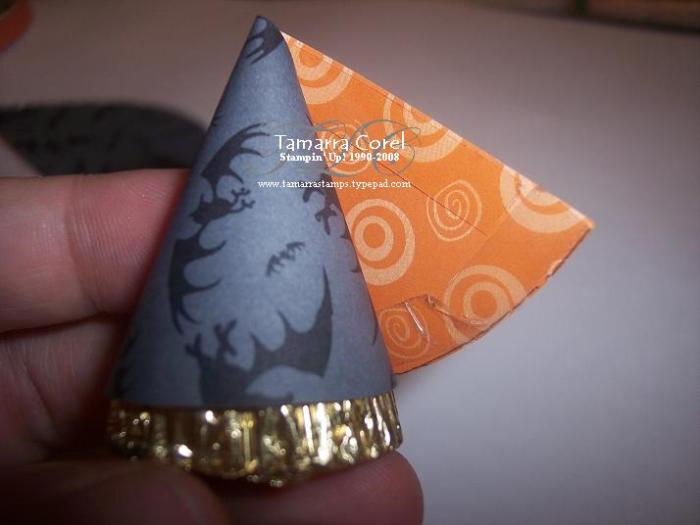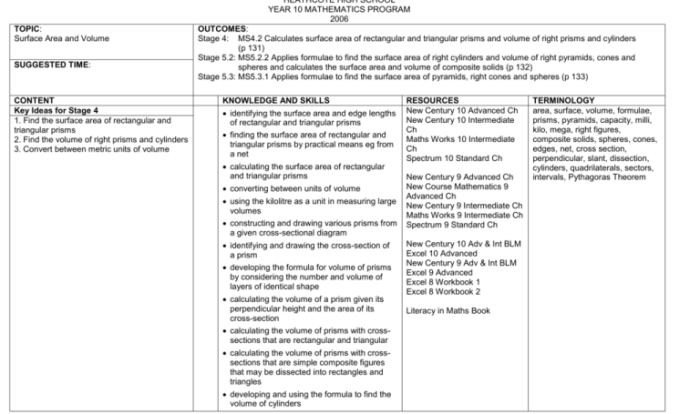Round 7.698 to the nearest tenth. Delve into the intricacies of rounding numbers, unraveling the significance of this mathematical operation in our everyday lives. This comprehensive guide provides a thorough exploration of the concept, its applications, and alternative rounding methods, empowering you with the knowledge to navigate the world of numbers with precision.
In this meticulously crafted discourse, we embark on a journey to understand the essence of rounding numbers to the nearest tenth, illuminating the process with clear examples and insightful explanations. We delve into the significance of rounding in various applications, unraveling its role in simplifying calculations and enhancing readability.
Prepare to expand your mathematical horizons as we uncover the nuances of rounding 7.698 to the nearest tenth, exploring alternative rounding methods and their implications.
Rounding Numbers to the Nearest Tenth

Rounding numbers to the nearest tenth involves adjusting a number to the closest value that ends in one-tenth (0.1). This technique is commonly used to simplify calculations and enhance readability.
To round a number to the nearest tenth, follow these steps:
- Identify the digit in the hundredths place (the second decimal place).
- If the digit is 5 or greater, round up the number by adding 0.1.
- If the digit is less than 5, round down the number by leaving it unchanged.
Rounding 7.698 to the Nearest Tenth, Round 7.698 to the nearest tenth.
Given the number 7.698, we round it to the nearest tenth as follows:
- The digit in the hundredths place is 8, which is greater than 5.
- Therefore, we round up the number by adding 0.1.
- The rounded result is 7.7.
The rounded value of 7.7 is the closest approximation of 7.698 that ends in one-tenth.
Significance of Rounding
Rounding numbers is essential in various applications, including:
- Simplifying calculations:Rounding can make calculations easier and more manageable by eliminating unnecessary precision.
- Enhancing readability:Rounded numbers are often easier to read and interpret, especially in large datasets or when presenting data graphically.
- Approximating values:Rounding can provide reasonable approximations of values, which can be useful in situations where exact values are not required.
Alternative Rounding Methods
In addition to rounding to the nearest tenth, there are alternative rounding methods that may be appropriate in certain situations:
- Rounding up:This method involves rounding a number to the next higher tenth, regardless of the digit in the hundredths place.
- Rounding down:This method involves rounding a number to the next lower tenth, regardless of the digit in the hundredths place.
For example, rounding 7.698 up would result in 7.8, while rounding it down would result in 7.6.
FAQ Section: Round 7.698 To The Nearest Tenth.
What is the concept of rounding numbers to the nearest tenth?
Rounding numbers to the nearest tenth involves adjusting a number to the closest tenth value. For instance, 7.698 rounded to the nearest tenth becomes 7.7.
Why is rounding numbers to the nearest tenth important?
Rounding numbers simplifies calculations, enhances readability, and facilitates estimations. It allows us to focus on the most significant digits, making it easier to compare and analyze data.
What are alternative methods for rounding numbers?
Alternative rounding methods include rounding up or down. Rounding up involves adjusting a number to the next highest tenth value, while rounding down adjusts it to the next lowest tenth value.



